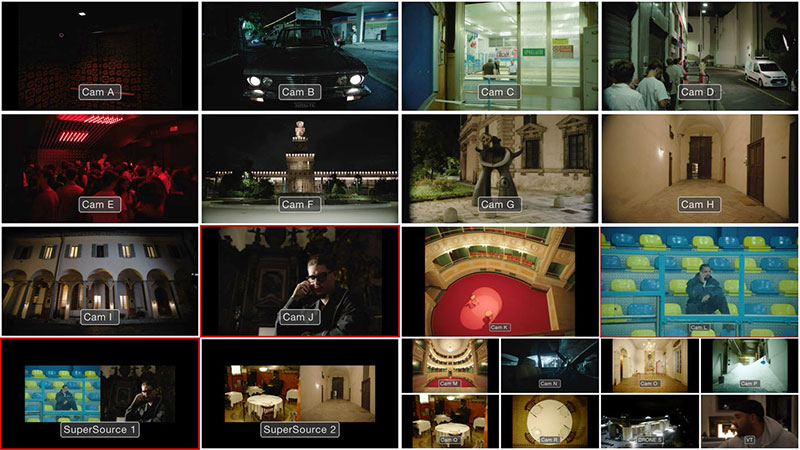MC-IF President Justin Ridge anticipates a breakout year for the VVC codec, set to improve performance and create new revenue streams for broadcast OTT services and other industries

The Media Coding Industry Forum (MC-IF) promotes new developments emerging from MPEG. Over the past few years, MC-IF has focused on the deployment of VVC (Versatile Video Coding), a video codec that is able to improve coding efficiency and versatility for a wide range of applications.
MC-IF will focus on translating progress made in 2023 – which include the publication of the first technical guidelines for Versatile Video Coding (VVC) - into further advances in 2024 such as new products and services based on this new compression standard. This is the view of Justin Ridge, president of MC-IF and principal engineer at Nokia’s Multimedia Research and Standardization unit.
As demand for high-quality video continues to rise rapidly with the popularity of streaming services, social media video, and user-generated content, analysts at Verified Market Research project that the market for video encoding technology will reach $3.1 billion by 2030.
Justin Ridge believes the adoption of VVC has significant business and economic implications for many different sectors of the economy. It introduces opportunities to improve efficiency and performance while also creating new revenue streams for broadcasters, OTT service providers and other industries that depend on high-quality video to generate value. MC-IF is working to bring VVC to market by developing guidelines, increasing visibility and demonstrating interoperability at industry events.
He said, “In 2023, VVC was approved by a number of standards bodies — including SBTVD, DVB, SCTE and ATSC, where it is in progress. This is important because, even though we are in the early stages of VVC adoption, these approvals create momentum for deployment. As a result, we expect VVC to be incorporated into a growing number of mobile devices and consumer electronics – especially smart TVs – in 2024. After that, we anticipate it to permeate into other areas and devices like drones and security cameras.”
Inside the VVC Codec
VVC sets itself apart from legacy encoding techniques, as well as current compression alternatives, in several ways.
According to Justin and the MC-IF, VVC improves coding efficiency and, as its name implies, is able to handle many applications. It incorporates various tools and features that make it suitable for a wider range of video content types including HDR, 360-degree immersive video and screen content.
Equally important for the future, VVC was developed through an open, rigorous process involving hundreds of technology experts. This ensures that VVC is reliable, robust and suitable for large-scale deployments.
In terms of compatibility and interoperability, VVC builds on previous generations of video codecs, such as H.264 AVC and HEVC. As a result, it shares similar architecture and tools with earlier MPEG codecs, accelerating hardware implementation and mitigating complexity while still creating very promising performance gains. “This allows for a smooth transition and integration into existing ecosystems and workflows. It also enables interoperability between different products and devices,” Justin said.
"Overall, VVC's combination of improved coding efficiency, versatility, open development process, and compatibility make it a compelling choice for various industries and applications in the digital video space." www.mc-if.org




















